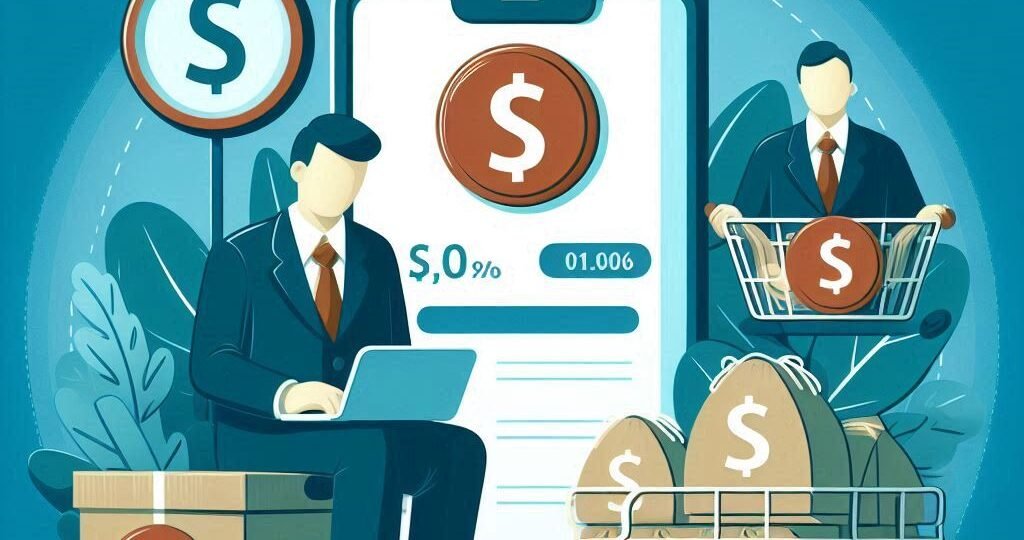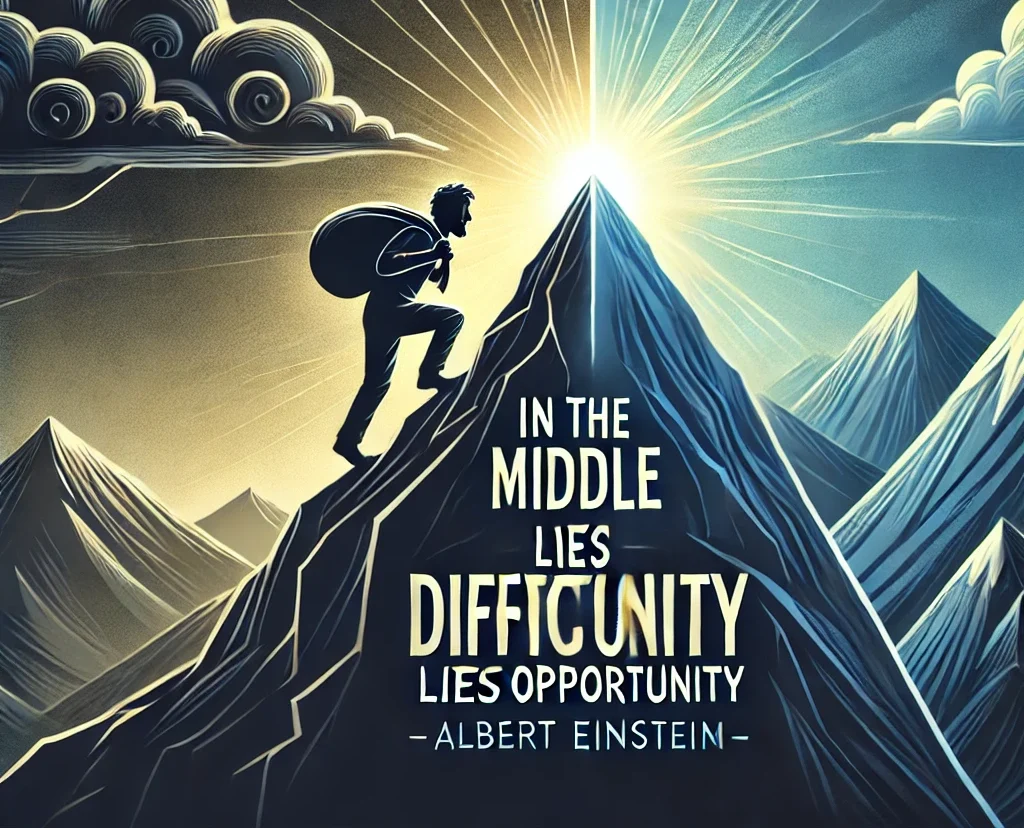
Note: This post is a bit long, but I felt it was necessary to include all those tiny details because it really adds up in the end.
Ever wonder why the person sitting next to you on a flight paid half the price you did? Or why movie theaters offer cheaper tickets to students and seniors? This isn’t just luck or marketing gimmickry—it’s the result of a fascinating and well-established economic principle known as price discrimination. Though it might sound unfair, this strategy is deeply rooted in economic theory and backed by decades of research and real-world experimentation.
The concept of price discrimination was first formalized by the British economist Arthur Cecil Pigou in the early 20th century. In his 1920 book The Economics of Welfare, Pigou outlined how sellers could charge different prices to different consumers based on their willingness or ability to pay. His analysis categorized various forms of price discrimination that allowed businesses to tailor prices without necessarily changing the product itself. It was a radical idea at the time, and it laid the groundwork for countless pricing models used today.
Modern economists have expanded and tested Pigou’s ideas through data and behavioral studies. For instance, Hal Varian, a key figure in the development of modern microeconomics and the Chief Economist at Google, contributed significantly to the understanding of how price discrimination works in digital environments. He emphasized how companies use data and algorithms to identify which consumers are likely to pay more and adjust prices accordingly. Varian’s models aren’t just theoretical—they’re at the heart of the pricing systems for online ads, e-commerce platforms, and yes, airline tickets.
Further research by economists like Liran Einav and Jonathan Levin from Stanford University took this a step further. By analyzing massive data sets from airline bookings and digital sales, they demonstrated that price discrimination doesn’t just boost profits—it can also improve market efficiency by filling empty seats and tailoring services to different market segments. These studies revealed how companies use variables like booking time, location, device type, and even browsing history to infer a consumer’s willingness to pay.
Interestingly, the psychology of pricing has also played a big role in this story. In an MIT study from the early 2000s, researchers found that simply suggesting to consumers that they might pay with a credit card made them more likely to accept higher prices. These findings illustrate how our behavior and decision-making cues are factored into pricing strategies, especially online.
So while price discrimination may seem like an unfair practice at first glance, it’s actually a carefully calculated strategy supported by a rich foundation of economic theory, behavioral insight, and data-driven refinement. It’s not about tricking you—it’s about understanding you. And it’s been shaping the prices you pay in ways you probably never realized.
In today’s digital economy, price discrimination has evolved into something even more responsive: dynamic pricing. Companies like Uber, Amazon, and airline websites use complex algorithms that adjust prices in real time based on demand, location, time of day, competition, and even individual browsing behavior. This system, often powered by machine learning, can instantly recalibrate prices when it detects a surge in demand—think of ride fares doubling during a rainstorm or flight prices spiking as a holiday nears. These algorithms don’t just reflect supply and demand—they predict it. What began as Pigou’s theory in the early 20th century has now become a live, intelligent system that reshapes the way we shop, travel, and consume, often without us even realizing we’re part of the experiment.
What I found fascinating when I researched this topic is how much we found just by people expanding upon another’s work.
RELATED POSTS
View all


